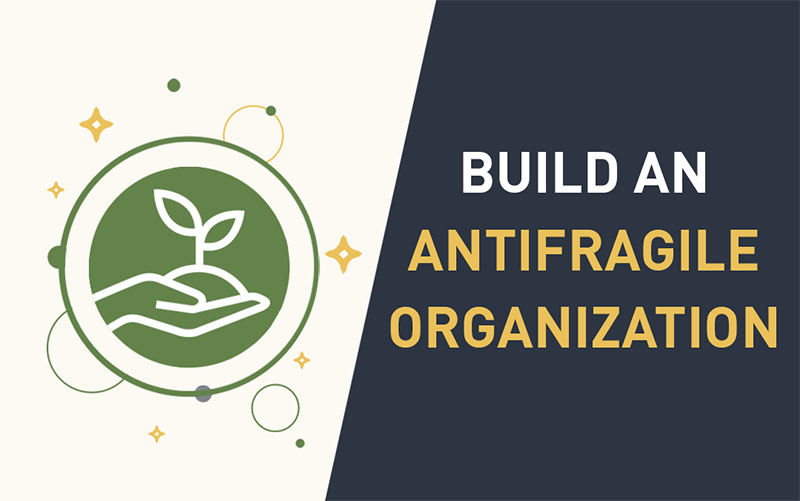Hey CEO! Why so sad?
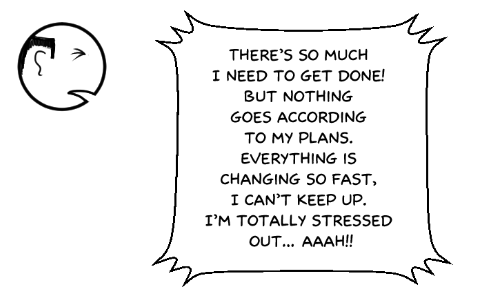
Oh, you mean this guy is giving you a headache:


He goes by different names. Stress, change, shock, disruption. But to keep it simple, let’s call it “Tension”. It’s what we feel when there’s something we want and don’t have.

Well, tensions can be a good thing, according to Nicholas Nassim Taleb
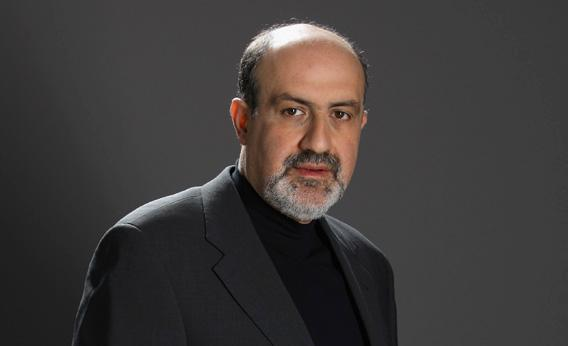
… who wrote the book Antifragile.

He says, in a world that’s so volatile and unpredictable, we need to build systems that benefit from change and shock, rather than suffer from them.
In other words, our organizations need to be antifragile to benefit from stress & tension.
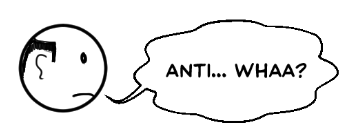
Antifragile!
Here’s what that means. Let’s take 3 different kinds of objects:
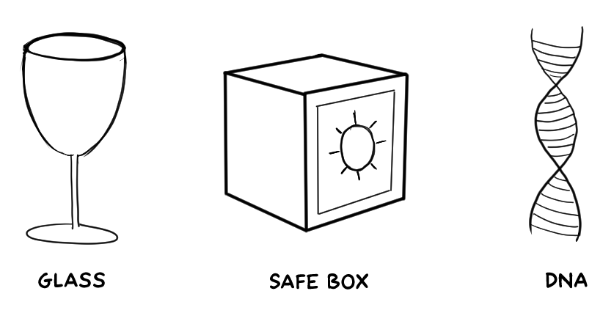
And apply tension to each of them.

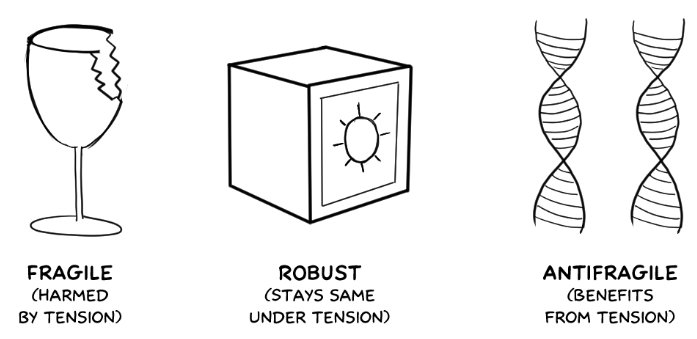
The glass is fragile. It’s harmed by tension.
The safe box is robust. It remains the same
The DNA mutates when exposed to chaos. DNA is antifragile. It benefits from tension.

The Human body is a great example of antifragility:
- Bones get denser when periodic stress is applied to them.
- When you lift weights, you stress your muscles. The next time your body adapts to lift heavier weights.
- Also, when you deprive your body of food and water for a limited time, your body toughens up. That’s why intermittent fasting has many health benefits.

Here’s how you can structure your organization like a living organism so that it has the properties of antifragility.
How To Structure An Organisation Like a Human Body
You’ve seen this structure before?

It’s called the Management Hierarchy — a top-down command and control system to manage organizations. The bosses on the top make the big decisions. The people at the bottom spend most of the time following instructions, while the managers in between balance the needs of the bosses and the workers.
It’s a structure that is built to withstand risk and change.

In a rapidly-changing world, we are overwhelmed with information to process and decisions to make. So a structure like this makes it difficult for people to be effective in their work.
But this is not the only way to structure an organization. You can structure it like the human body.
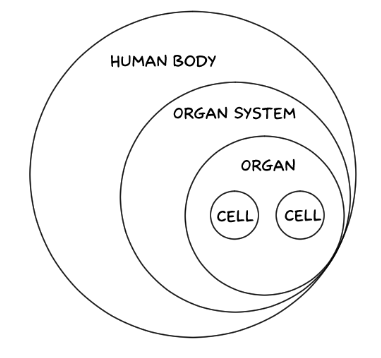
Notice in the human body there is no boss cell that tells other cells what to do. Each cell function autonomously within organs, which in turn function autonomously within the body.
A human body is antifragile because it can adapt itself to become stronger from the stressors in the environment.
Similarly by structuring an organization like a human body, it can effectively process tensions in its environment to adapt itself to get more effective in fulfilling its purpose.
Holacracy — The New Management System for a Rapidly Changing World
Holacracy is a self-management practice for organizations that empowers people to make meaningful decisions in pursuit of an organization’s purpose.
Instead of “Managers” and “Bosses” having power to tell people what to do, in Holacracy, the power is in a set of rules that distribute authority so that people can be leaders in their roles.
When an organization adopts Holacracy, what results is not a flat organization, but a very structured one that contains a hierarchy of roles and not of people:

. . .
6 Ways Organizations Practicing Holacracy Benefit From Stress
1. It encourages stress & tension
“Just as spending a month in bed leads to muscle atrophy, complex systems are weakened or even killed when deprived of stressors.” Taleb, Antifragile
Management Hierarchy:

Holacracy:
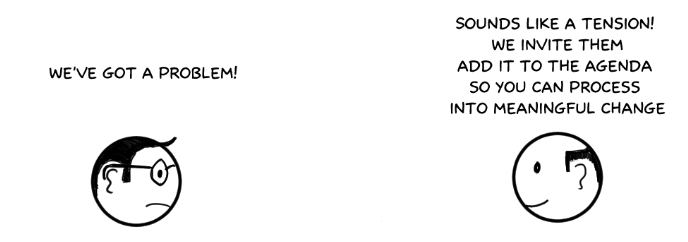
In organizations practicing Holacracy, team members are encouraged to bring tensions. They are seen as the driving force for change.
In fact, there are meetings with the specific purpose to invite tensions and find pathways for them to be processed.
2. A responsive structure that adapts fast
“In a system, the sacrifices of some (antifragile) units are often necessary for the well-being of other units or the whole. The fragility of every startup is necessary for the economy to be antifragile.” Taleb, Antifragile
Management Hierarchy
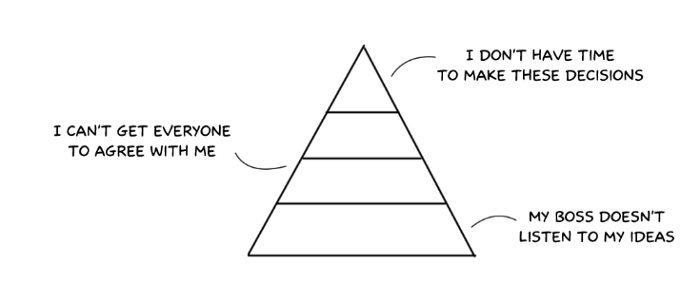
The management hierarchy is a rigid structure. It’s built to withstand risk & change.
Holacracy
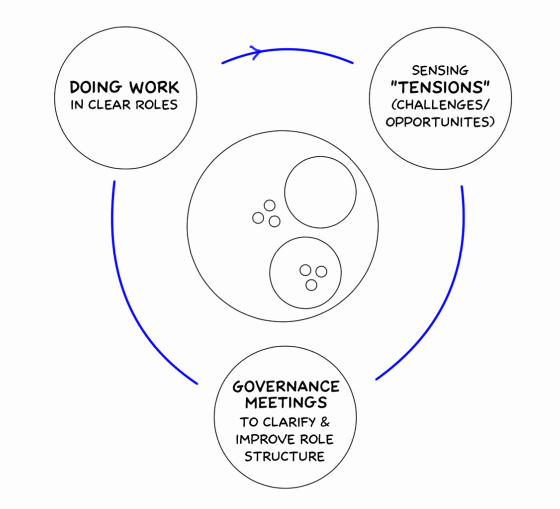
When practicing Holacracy, the organization is constantly changing based on tensions sensed by role-fillers. New roles are created, accountabilities change, policies are added or removed and more.
This makes parts of the organization fragile.
But the whole organization becomes antifragile, as it’s prepared for any new changes, opportunities and threats coming its way.
3. Decision Making is distributed across the organization
“The top-down approach blocks antifragility and growth, whereas everything bottom-up thrives under the right amount of stress and disorder.” Taleb, Antifragile
Management Hierarchy

Holacracy

The practice of Holacracy allows anyone sensing a tension in the organization to rapidly and reliably process it into meaningful change.
Team members no longer need permission from bosses or managers.
As long as they’re not violating the Constitution, they can take any decision to fulfill the purpose of their role.
4. Many pathways to address tensions
“Give soldiers no options and see how antifragile they can get.” Taleb, Antifragile
Management Hierarchy

Holacracy

People get frustrated when they don’t have options or pathways to address their tension. They either resort to politics or just give up.
The beauty of Holacracy is that it gives role-fillers several options to address their tension, allowing them to find creative ways to move forward..
5. Skin in the game
“What we do today has nothing to do with capitalism or socialism. It is a crony type of system that transfers money to the coffers of bureaucrats. The largest “fragilizer” of society is a lack of skin in the game.” Taleb, Antifragile
Management Hierarchy

Holacracy
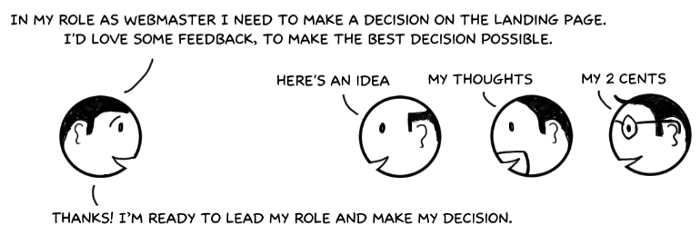
How do you get your team members to be intrinsically motivated? It’s difficult if they can’t own their decisions about their work.
But when they have the autonomy to make meaningful decisions, they also have a stake in the outcome.
In other words they have “skin in the game” which gives them intrinsic motivation to make their idea successful.
How to get started with Holacracy?

Yes! Tensions become a problem if we have a structure that resists it.
But when we have a structure that invites it, tensions and stress become a force to adapt our organization to move towards it purpose.


Here are some resources to get started with Holacracy.
Holacracy.org Official website. Check out their Tactical & Governance Meetings.
💬 Follow me on Twitter for more insights on productivity, GTD, and self-management.
I believe our work should be an expression of our most creative selves. I work with business owners and their teams to achieve stress-free productivity.

